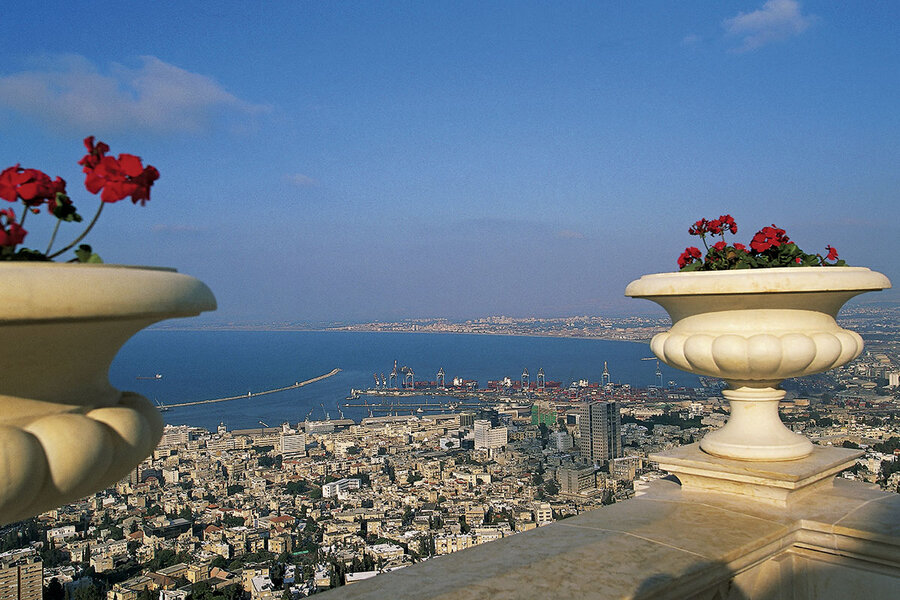A different kind of news bias
Loading...
There’s a lot of talk these days about media bias, and it’s a useful conversation. To the degree we don’t root out bias from ourselves, we limit the picture we can give. Only unbiased journalism explores every question with honesty and an open mind and therefore gives the full picture of the world that most helps readers.
Today’s discussion about media bias centers almost exclusively on politics. That’s understandable. Polls show that partisanship is a new prejudice – we increasingly use politics to decide whom we like and trust (and whom we don’t). Yet there’s another form of news bias that’s even more pervasive, perhaps just as damaging, and almost completely overlooked.
Dina Kraft’s cover story this week is the kind of story that is often characterized as “good news,” frequently with more than a hint of disparagement. The media have a bias, and it is almost always for “hard news.” Good news is a journalistic vacation that editors offer readers every so often as a respite. But it is a “nice to have” not a “need to have.” When was the last time anyone won a Pulitzer for reporting something positive?
But here’s something that working at the Monitor has taught me: The distinction between good news and hard news is not nearly as big as you might think. Take Dina’s story.
At first blush, it might seem like just a pleasant holiday feature story about how the Israeli city of Haifa overcomes sectarian tensions to celebrate Jewish, Muslim, and Christian traditions at this time of year. But the hard news of the violence surrounding Gaza and the daily atrocities in Yemen and Syria are more important, right?
Of course such hard news is absolutely essential. But does it alone give the full picture of the world that most helps readers? And just as important: Does it give a sense of the way forward?
We would never accept news that is disproportionately positive. Why are we so willing to accept the reverse?
Here are three crucial points from Dina’s story:
- As Haifa gained a reputation as a place of tolerance, it attracted more tolerant people in a cycle of positive reinforcement.
- Haifa has no significant Jewish, Muslim, or Christian holy sites, offering a glimpse of what Israel could be if the anger and contention around holy sites elsewhere could be dialed back.
- The transformation of Haifa into a modern metropolis during the past 70 years, developing strong Jewish and Arab middle and working classes, shows the power of economics to dull sectarian strife.
That’s not just a good news story. It’s the beginnings of a road map to peace regionwide, offering real-world lessons. The fact is, there isn’t good news or hard news. There’s just news. When humans make honest decisions based on universal ideals such as compassion, fairness, and responsibility, things usually get better. When we don’t, they don’t. News shouldn’t be about choosing one over the other. It’s about presenting the fullest picture to help us get things right.








